The GTX 1660: What Does The Gtx 1660 Compare To in today’s market, and how does it stack up against its competitors and predecessors? At COMPARE.EDU.VN, we delve into a detailed comparison, analyzing performance, price, and power efficiency. Discover its true value with our in-depth analysis of the 1660 GPU, exploring its rivalries and advantages.
1. Introduction: Unveiling the GTX 1660’s Position
The Nvidia GeForce GTX 1660, released as a mid-range graphics card, aims to deliver a sweet spot of performance and affordability. Understanding where it fits in the broader GPU landscape is crucial for gamers and PC enthusiasts alike. This comprehensive comparison, crafted by COMPARE.EDU.VN, explores the GTX 1660’s strengths and weaknesses against a range of competing cards, including the AMD Radeon RX 580, RX 590, and its own sibling, the GTX 1660 Ti.
2. GTX 1660 vs. GTX 1060: A Generational Leap?
The GTX 1660 is often seen as the successor to the popular GTX 1060. But how significant is the performance uplift?
2.1 Architecture and Specifications
- GTX 1060: Pascal architecture, 1280 CUDA cores, 6GB GDDR5 memory.
- GTX 1660: Turing architecture (without Ray Tracing cores), 1408 CUDA cores, 6GB GDDR5 memory.
The move to Turing architecture brings improvements in efficiency and features, even without the RTX capabilities. The increased CUDA core count also contributes to a performance boost.
2.2 Gaming Performance
In real-world gaming scenarios, the GTX 1660 generally outperforms the GTX 1060.
- 1080p Gaming: Expect a noticeable improvement in frame rates in most titles, especially newer games optimized for Turing architecture.
- 1440p Gaming: The GTX 1660 offers a more comfortable experience at 1440p compared to the GTX 1060, allowing for higher settings in many games.
The exact performance difference varies depending on the game and settings, but a 10-20% improvement is common.
2.3 Value Proposition
When released, the GTX 1660 offered a compelling upgrade path for GTX 1060 owners looking for a tangible performance boost without breaking the bank. However, pricing fluctuations and the availability of newer cards have shifted the landscape.
3. GTX 1660 vs. RX 580/590: The AMD Rivalry
AMD’s Radeon RX 580 and RX 590 are the GTX 1660’s main competitors in the mid-range market.
3.1 Specifications Compared
| Feature | GTX 1660 | RX 580 | RX 590 |
|---|---|---|---|
| Architecture | Turing | Polaris | Polaris |
| CUDA Cores/Stream Processors | 1408 | 2304 | 2304 |
| Memory | 6GB GDDR5 | 8GB GDDR5 | 8GB GDDR5 |
| Memory Bandwidth | 192 GB/s | 256 GB/s | 256 GB/s |
| TDP | 120W | 185W | 225W |
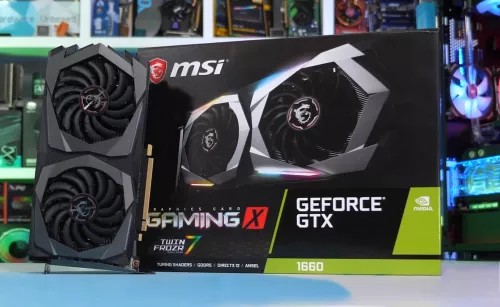
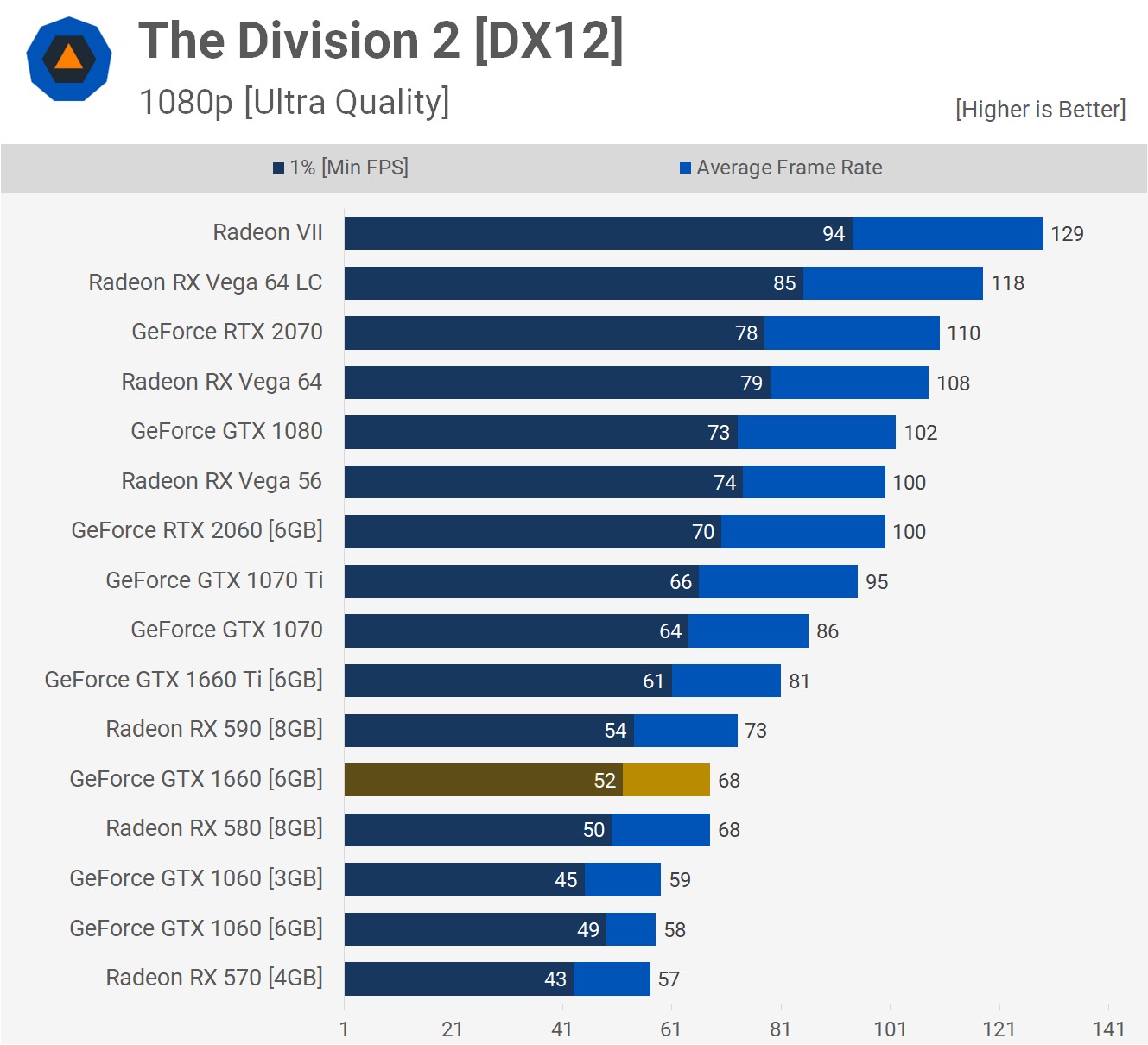
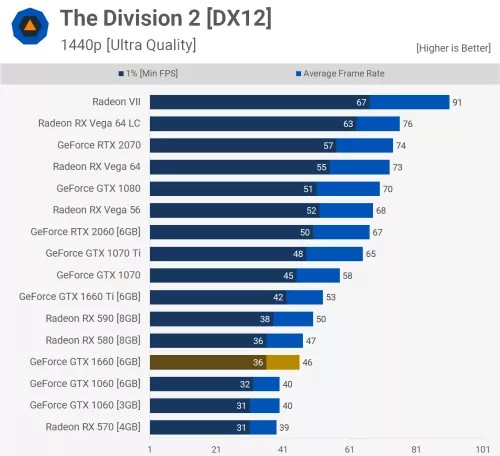
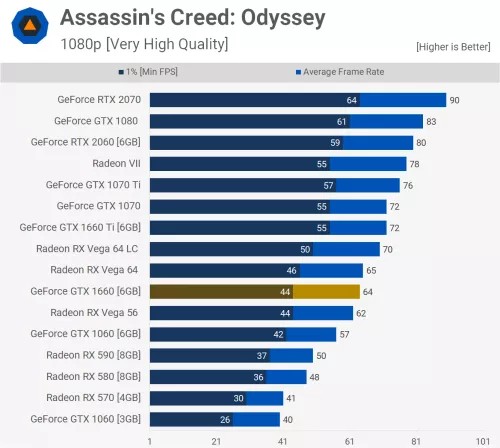
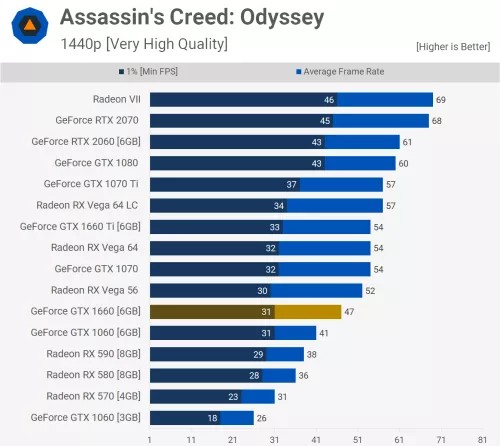
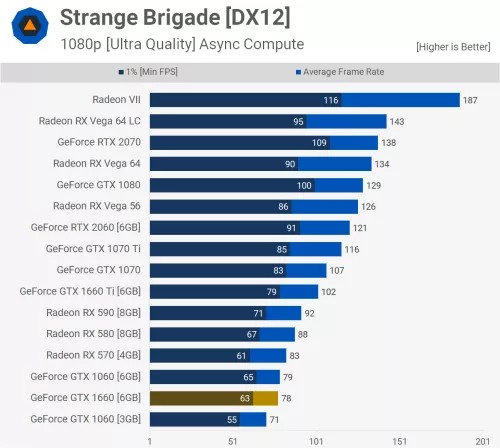
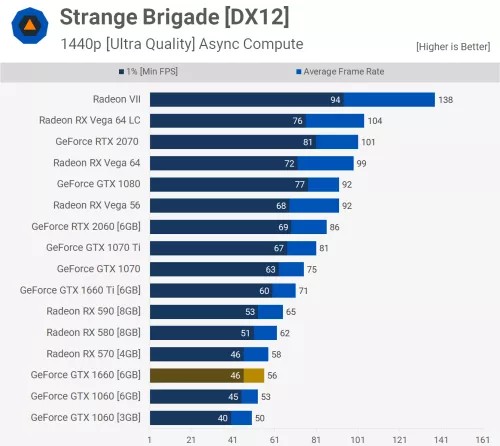
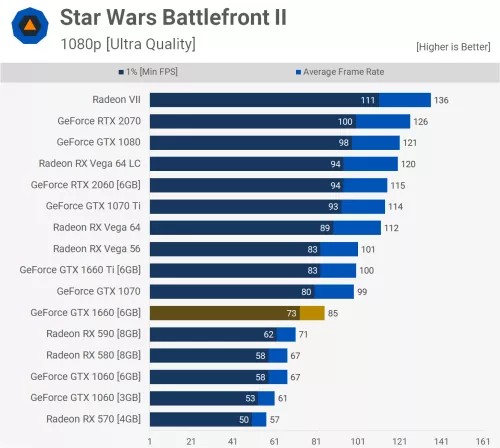
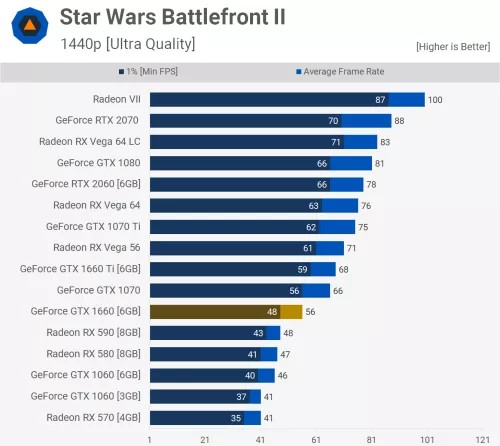
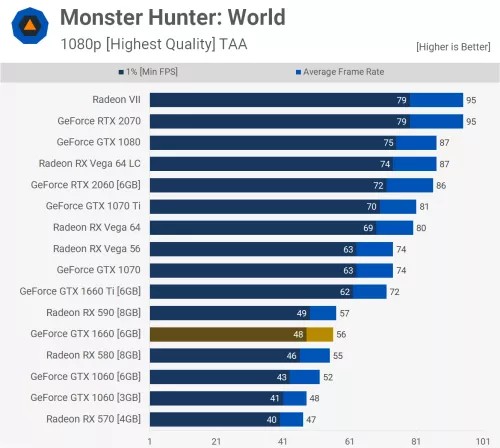
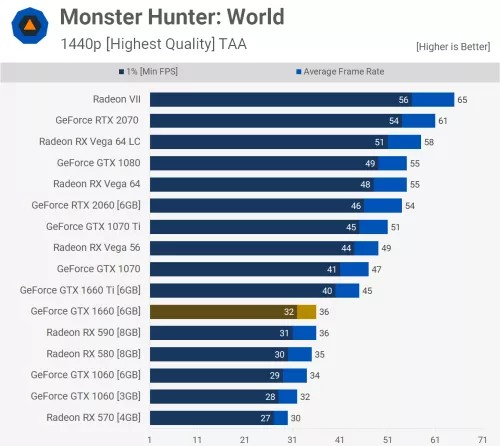
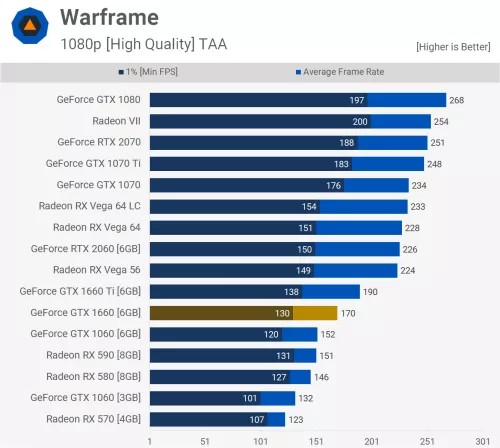
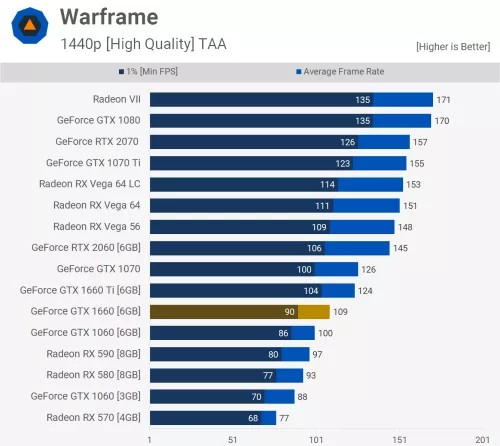
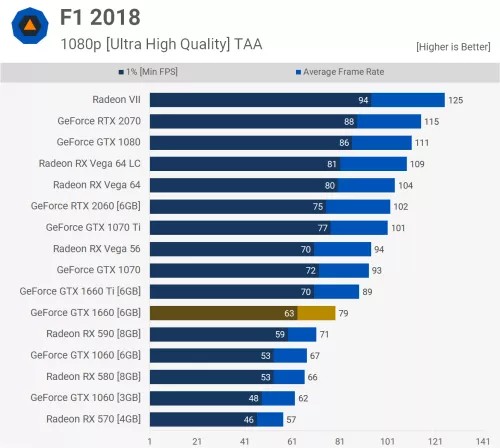
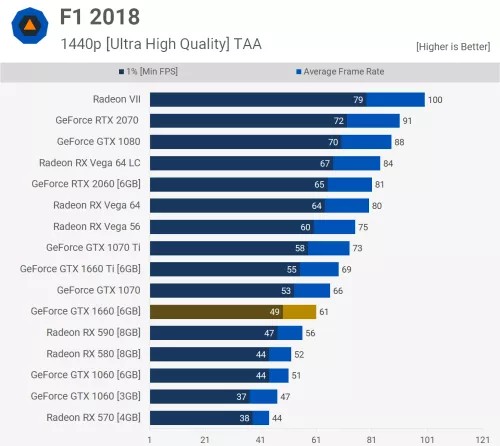
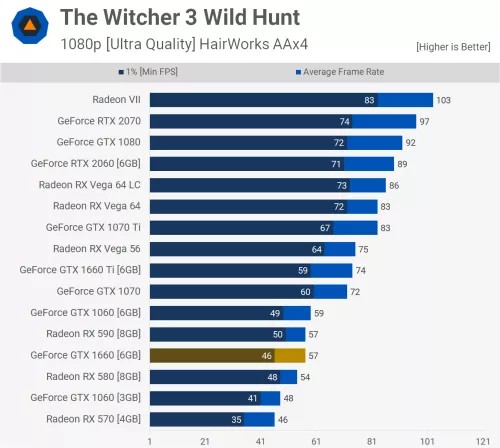
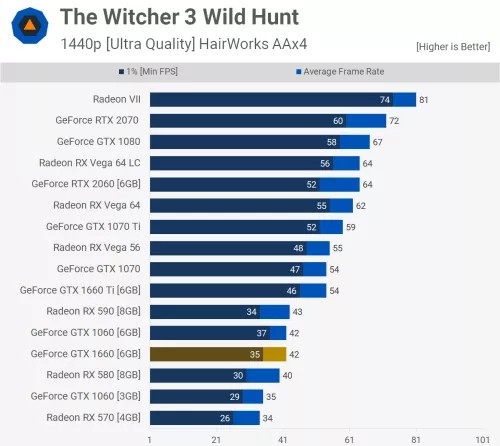
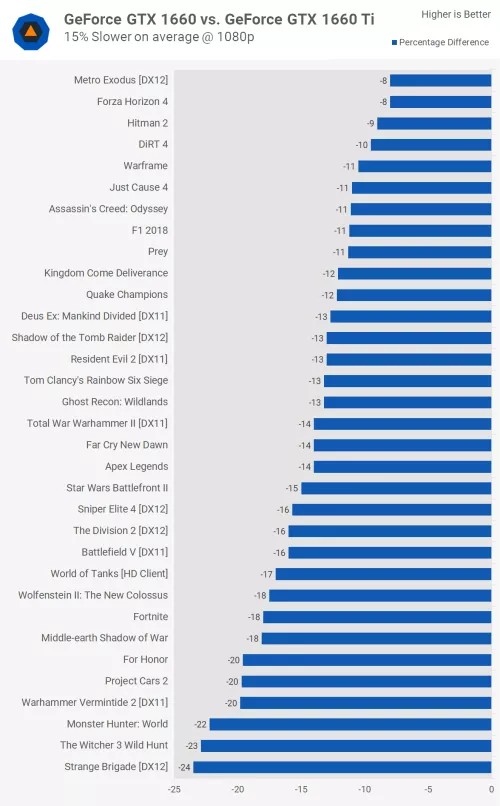
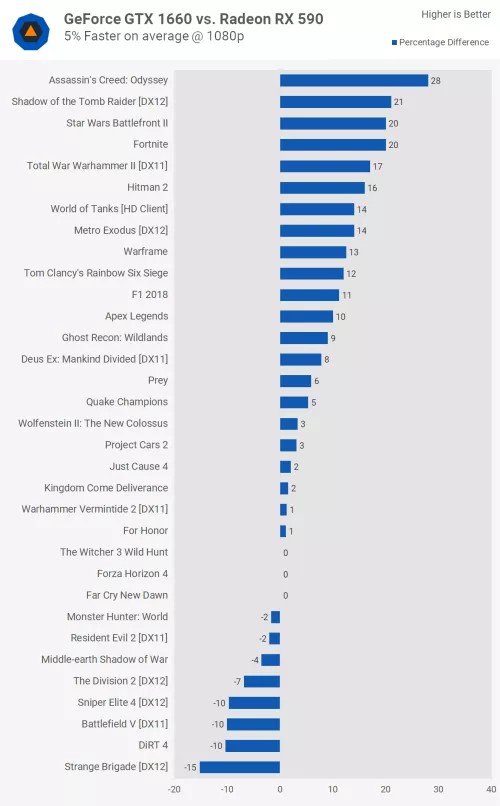
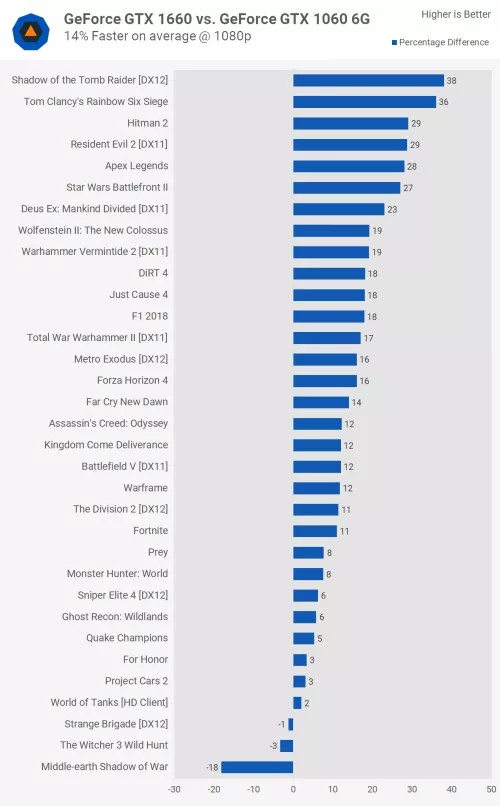
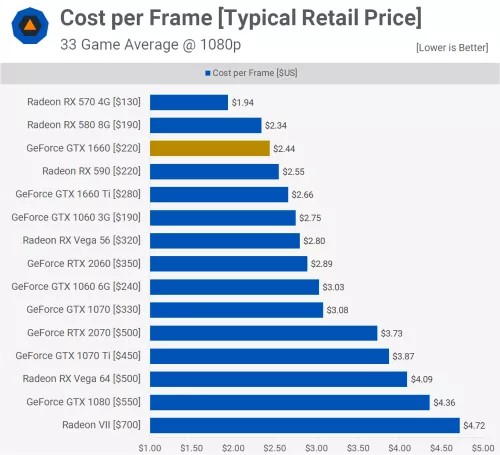
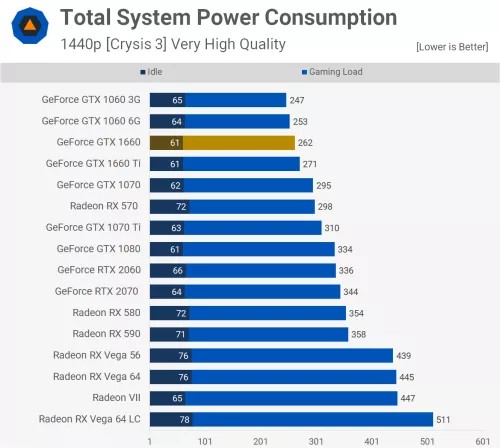
The RX 580 and 590 boast more memory and higher memory bandwidth, while the GTX 1660 leverages the efficiency of the Turing architecture.
3.2 Gaming Benchmarks: A Head-to-Head Showdown
Performance varies across different games, but some general trends emerge.
- GTX 1660 Strengths: Often performs better in newer titles and games that favor Nvidia’s architecture. Typically more power-efficient.
- RX 580/590 Strengths: Can excel in older titles and games optimized for AMD’s architecture. The extra VRAM (8GB) can be beneficial in certain games at higher settings.
Here’s a breakdown of performance in specific titles:
- Assassin’s Creed Odyssey: The GTX 1660 often holds a significant lead.
- Strange Brigade: The RX 580/590 can outperform the GTX 1660.
- Battlefield V: Performance is generally competitive, with slight variations depending on the specific game version and settings.
3.3 The Division 2 Benchmarks
The Division 2, a visually demanding title, provides a good test for these mid-range cards. At 1080p with Ultra settings, the GTX 1660 achieves around 68 fps on average. Dropping to 46 fps at 1440p suggests that some settings adjustments might be needed for smoother gameplay at that resolution. The GTX 1660 outperforms the GTX 1060 by 15% in this title but falls slightly behind the RX 590 by 8%.
3.4 Assassin’s Creed Odyssey Benchmarks
In Assassin’s Creed Odyssey, a game known to favor Nvidia cards, the GTX 1660 performs exceptionally well, nearly matching the Vega 64. This strong showing highlights the GTX 1660’s capabilities in certain optimized titles. The GTX 1660 is approximately 12% faster than the GTX 1060 6GB and 28% faster than the Radeon RX 590.
At 1440p, the GTX 1660 continues to lead over the GTX 1060 and RX 590/580 GPUs. However, it slightly lags behind the Vega GPUs.
3.5 Strange Brigade Benchmarks
Strange Brigade presents a different scenario, where the GTX 1660 performs on par with the GTX 1060 6GB at 1080p. This places it behind the Radeon RX 570, indicating that the game is more optimized for AMD GPUs.
The trend continues at 1440p, where the GeForce 1660 underperforms compared to its Radeon counterparts.
3.6 Star Wars Battlefront II Benchmarks
The GTX 1660 regains its lead in Star Wars Battlefront II, positioning itself between the RX 590 and GTX 1070 with an average of 85 fps.
At 1440p, the GTX 1660 remains strong, outpacing the RX 590 by 17% and the GTX 1060 6GB by 22%. However, it trails the GTX 1070 by 15%.
3.7 Monster Hunter: World Benchmarks
In Monster Hunter: World, the GTX 1660 matches the performance of the RX 590. This parity extends to 1440p, where the GTX 1660 performs 20% slower than the GTX 1660 Ti.
3.8 Warframe Benchmarks
Warframe sees the GTX 1660 delivering slightly better performance than both the GTX 1060 6GB and the RX 590. All tested GPUs achieve frame rates above 100 fps on average, ensuring a smooth experience.
Even at 1440p, the GTX 1660 holds up well, maintaining a 1% low of 90 fps and an average of 109 fps. This makes it 9% faster than the GTX 1060.
3.9 F1 Benchmarks
For racing enthusiasts playing F1, the GTX 1660 offers excellent performance. At 1080p, it surpasses the RX 590 by 11% and the GTX 1060 by 18%. It also comes close to the GTX 1070 and Radeon RX Vega 56, trailing by only 16%.
At 1440p, the GTX 1660 closes the gap with the GTX 1070 while the Vega 56 pulls slightly ahead. The overall performance remains strong, averaging 61 fps.
3.10 The Witcher 3 Benchmarks
In The Witcher 3, the GTX 1660 matches the RX 590 but surprisingly lags behind the GTX 1060 6GB by 3%. This performance trend continues at 1440p, where the GTX 1660 equals the GTX 1060 and performs similarly to the Radeon RX 590.
3.3 Feature Sets and Technologies
- GTX 1660: Supports Nvidia’s NVENC encoder, which is beneficial for streaming and video editing.
- RX 580/590: Supports AMD’s FreeSync technology for variable refresh rate monitors.
Consider which features are most important to you when making your decision.
3.4 Power Consumption and Thermals
The GTX 1660 is significantly more power-efficient than the RX 580 and 590. This translates to lower operating temperatures and potentially quieter operation.
3.5 Pricing and Availability
Pricing is a crucial factor in this comparison. The RX 580 is often the most affordable option, while the RX 590 and GTX 1660 typically trade blows in terms of price. Availability can also fluctuate, so it’s important to check current prices before making a purchase.
4. GTX 1660 vs. GTX 1660 Ti: The Sibling Rivalry
The GTX 1660 Ti is a more powerful version of the GTX 1660, offering enhanced performance at a higher price point.
4.1 Key Differences
- CUDA Cores: The GTX 1660 Ti has more CUDA cores (1536 vs. 1408).
- Memory Type: The GTX 1660 Ti uses faster GDDR6 memory (12 Gbps vs. 8 Gbps).
- Price: The GTX 1660 Ti is typically more expensive.
4.2 Performance Gains
The GTX 1660 Ti delivers a noticeable performance uplift over the GTX 1660, typically in the range of 15-20%. This allows for higher frame rates at 1080p and a smoother experience at 1440p.
4.3 Value for Money
The decision between the GTX 1660 and GTX 1660 Ti comes down to budget and performance expectations. If you’re looking for the best possible performance in this segment and are willing to spend more, the GTX 1660 Ti is the better choice. However, the GTX 1660 offers excellent value for those on a tighter budget.
5. Performance Summary: GTX 1660 vs. Radeon RX 590
Comparing the GTX 1660 and Radeon RX 590 across 33 games at 1080p shows that the GeForce GPU is, on average, 5% faster. This slight advantage is a decrease from the 8% lead observed in earlier tests with fewer games. The GTX 1660 outperforms the RX 590 in 16 out of 33 games by 5% or more. The RX 590 only manages to exceed the GTX 1660 by 5% or more in 5 games. Despite AMD’s price adjustments to match the GTX 1660, the performance difference suggests that the GTX 1660 remains a slightly better option.
6. Performance Summary: GTX 1660 vs. GTX 1060 6GB
The comparison between the GTX 1660 and the older GTX 1060 6GB reveals a performance difference. Testing across 33 games, the GTX 1660 is approximately 14% faster than the GTX 1060. This margin has decreased from the initial 21% observed in earlier tests with only 12 games. The GTX 1660 generally performs better in newer titles, while older games do not show a significant advantage for the Turing architecture over Pascal.
7. Cost per Frame Analysis
The cost per frame (CPF) is an important metric for assessing the value of a graphics card. It calculates how much you pay for each frame per second (FPS) you get in a game. Lower CPF values indicate better value. Here is the cost per frame comparison:
8. Power Consumption
The GTX 1660 consumes less power, with the test system drawing 262 watts. This is a 12% reduction compared to the RX 570 and almost 30% less than the RX 580 and RX 590. These power savings not only lower electricity bills but also reduce heat output, potentially extending the lifespan of the card and other system components.
9. Considerations Beyond Performance
Beyond raw performance numbers, several other factors can influence your decision.
9.1 Game Preferences
Some games are optimized for specific architectures. Research performance benchmarks for the games you play most often.
9.2 Monitor Technology
If you have a FreeSync monitor, an AMD card might be a better choice. If you prefer Nvidia’s G-Sync, a GeForce card is the way to go.
9.3 Future-Proofing
Consider the long-term viability of your purchase. While the GTX 1660 is a capable card, newer games may demand more resources in the future.
9.4 Overclocking Potential
Some cards offer more headroom for overclocking, allowing you to squeeze out extra performance.
10. Final Verdict: Is the GTX 1660 Right for You?
The GTX 1660 is a solid mid-range graphics card that offers a good balance of performance, features, and price. It’s a worthy upgrade from older cards like the GTX 960 and a competitive alternative to the AMD Radeon RX 580/590.
Here’s a quick recap:
- Choose the GTX 1660 if: You prioritize power efficiency, play newer titles, and want a good value for your money.
- Consider the RX 580/590 if: You play older titles, have a FreeSync monitor, and can find them at a significantly lower price.
- Opt for the GTX 1660 Ti if: You want the best possible performance in this segment and are willing to spend more.
11. Frequently Asked Questions (FAQ) about the GTX 1660
1. What is the main difference between GTX 1660 and GTX 1660 Ti?
- The GTX 1660 Ti has more CUDA cores and uses faster GDDR6 memory, leading to better performance compared to the GTX 1660.
2. Is the GTX 1660 good for 1080p gaming?
- Yes, the GTX 1660 is well-suited for 1080p gaming, offering high frame rates in most titles with medium to high settings.
3. How does the GTX 1660 compare to the RX 590?
- The GTX 1660 generally performs slightly better than the RX 590 and is more power-efficient, though performance can vary by game.
4. Does the GTX 1660 support Ray Tracing?
- No, the GTX 1660 does not have dedicated Ray Tracing cores.
5. What power supply wattage is recommended for a system with a GTX 1660?
- A 450W power supply is generally recommended for a system with a GTX 1660.
6. Can the GTX 1660 handle 1440p gaming?
- The GTX 1660 can handle 1440p gaming in many titles, but you might need to lower the graphics settings to achieve smooth frame rates.
7. Is the GTX 1660 a good upgrade from the GTX 1050 Ti?
- Yes, the GTX 1660 is a significant upgrade from the GTX 1050 Ti, offering much better performance in most games.
8. What are the alternatives to the GTX 1660 in the same price range?
- Alternatives to the GTX 1660 include the AMD Radeon RX 580 and RX 590, depending on current pricing and availability.
9. Does the GTX 1660 support Nvidia G-Sync?
- Yes, the GTX 1660 supports Nvidia G-Sync technology for variable refresh rate monitors, reducing screen tearing and stuttering.
10. What is the typical lifespan of a GTX 1660 graphics card?
- The typical lifespan of a GTX 1660 graphics card is around 3-5 years, depending on usage and environmental conditions.
Choosing the right graphics card can be a complex decision. We at COMPARE.EDU.VN are dedicated to providing you with clear, comprehensive, and objective comparisons to assist you in making the best choice for your needs.
Are you still undecided? Visit COMPARE.EDU.VN today to explore detailed comparisons, user reviews, and expert opinions. Make an informed decision and get the best value for your money. Contact us at 333 Comparison Plaza, Choice City, CA 90210, United States. For any queries, reach out via Whatsapp at +1 (626) 555-9090. Let compare.edu.vn guide you to the perfect choice.
